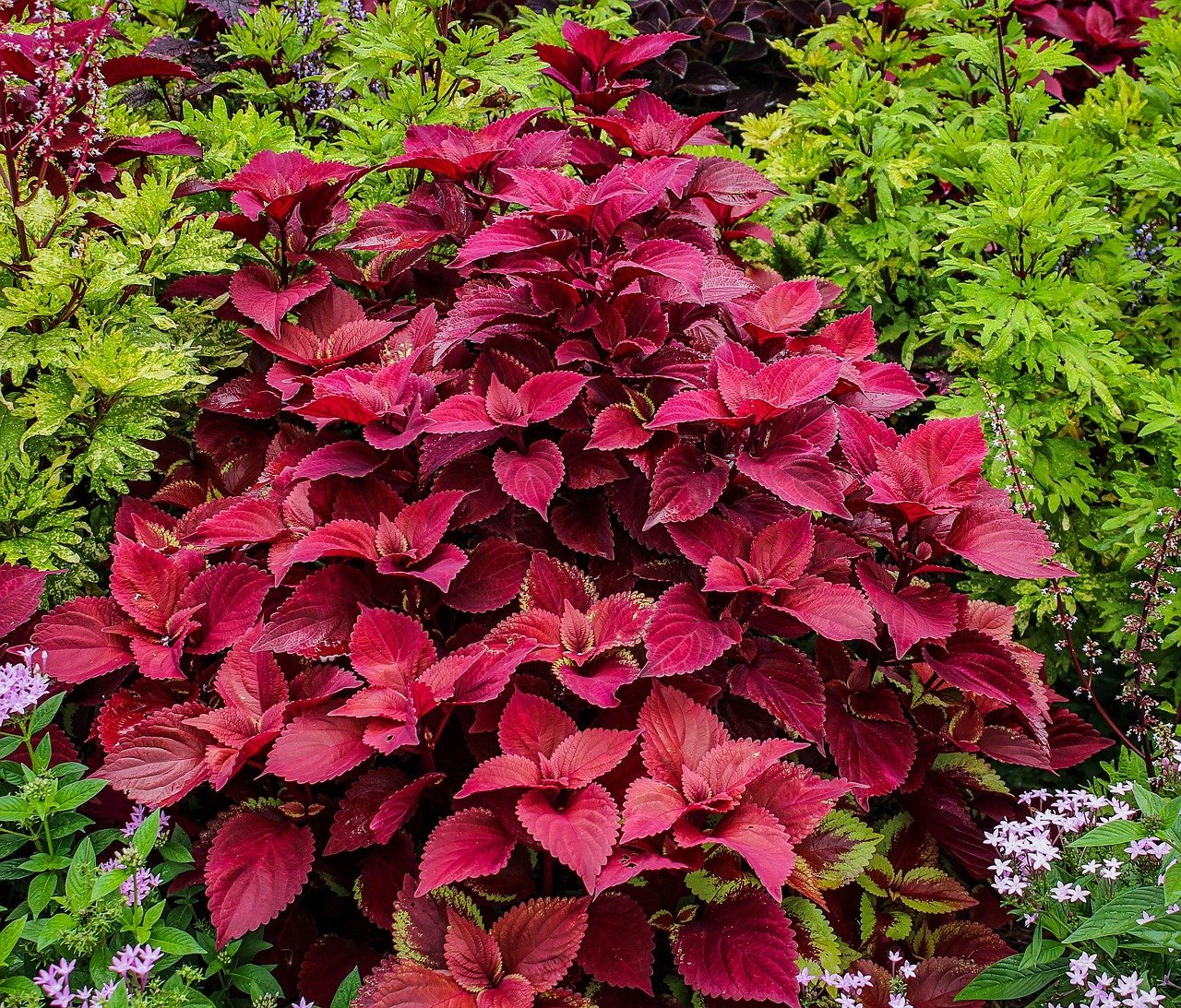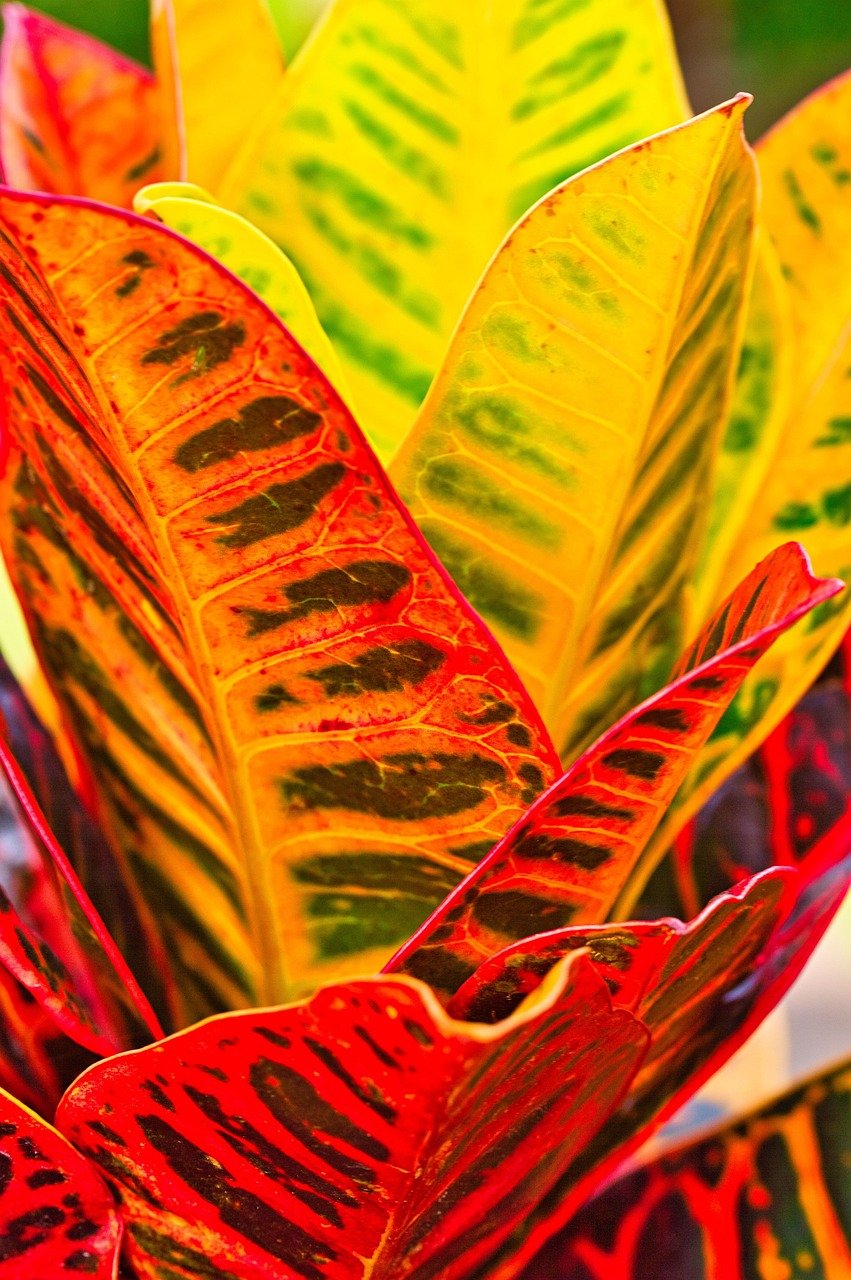A part of plants that has numerous functions while also being colourful- The leaf is really extraordinary, though we just tend to see it's green, orange or brown colour. The leaf is an important part of a plant.
The leaf is the green part of a plant which is usually connected to the stem of a plant. The leaf has a lot of functions to plants, the ecosystem, animals and even to humans. This post will look at a lot of things about the leafy part of a plant.
Colours of leaves
We all know leaves to be green in colour, but there are other colours which a leaf could have. The colour of a leaf might depend on a whole lot of things. An occuring factor is the presence of chlorophyll which can be attributed to the season or weather. Another factor is the type of plant.
There are many colours a plant could have and there are:
Green colour: The leaf is greenish in colour due to the presence of Chlorophyll. With more sunlight, the plants need a pigment which will be able to trap this light and process it to food in a phenomenon known as photosynthesis. Plants produces this pigment in order to get more food from sunlight.
Yellow or Orange colour: Just like the green pigment, which is called chlorophyll, plants also produce other pigments which produces the yellow and orange colour. This might be due to the presence of less sunlight and cold. With a great reduction in sunlight, plants might produce another pigment which will give plant it's yellow colour while depending on stored food. The yellow and orange pigment is seen when a plant loses its green pigment. Example of plants that can have the yellow/orange colour is crotons.
- Red/purple colour: Example of red and purple colour leaves are amaranthus and coleus. They are still plants that have no green pigmentation
Why do leaves change in seasons?
Leaves produce more green pigment which is called the chlorophyll when there is much sunlight. The green pigmentation helps to trap sunlight and water which in turn it will produce food mostly cellulose for the plant. But there are times where the green pigments aren't produced, most times due to changes in seasons. With these changes in seasons, a plant can stop producing or producing less of chlorophyll and more of the yellow and orange pigments.
Sizes and shapes of leaves
Leaves comes in different sizes and shapes, some are very tiny while some are large. Some are thin while some are thick. All leaves have margins on their surfaces. While some leaves are oval in shape, others are not. There are a lot of variations in the shapes of leaves and these makes leaves beautiful and wonderful.
Importances of leaves to plants
The importance of leaves in plants can not be looked down on. Leaves play a big importance in the lives of a plant, which are:
Production of food: Leaves entrap carbon dioxide, sunlight and water to produce food for plants. Without the leaves, the plant won't have food. With the leaves gone, the chances of the plant surviving is slim. So therefore leaves are the food makers of a plant. Without the leaves producing the green pigment to trap sunlight, there will be no photosynthesis.
Removal of excess water: Whenever there is excess intake of water, the leaves helps to remove water that isn't needed by the plant.
Intake of Carbon dioxide and removal of oxygen: After the production of glucose from carbon dioxide, water and sunlight, the oxygen left is not needed and therefore it is sent out through the leaves. The leaves also traps carbon dioxide which is also necessary for food production.

Coleus plant
Source
Importance of leaves to humans and the ecosystem
There is a reason deforestation is discouraged and planting of trees are encouraged. Leaves play an important role in the preservation of the ecosystem. Some of these importances are:
Protection of the Ecosystem: Without oxygen, man can't survive. Plants help to replenish the amount of oxygen in the ecosystem. When leaves take in carbon dioxide which is dangerous to man and send out oxygen which is important to man, this preserves the ecosystem and keeps it healthy.
Food: A lot of leaves are food to man, they provide vitamins when eaten. Man is encouraged to take lot of vegetables and fruits. Most vegetables are leaves and they are a good source of vitamins. Whilst preserving the ecosystem, some leaves are also edible to man.
Medicine: some leaves have important roles to play in the medical field. It has been used to save Man in ancient times and it's extract still used to prepare chemical medications.
Helps to balance temperature/global warming: Leaves also have great roles to play when it comes to balancing the temperature of the ecosystem thereby reducing the risk of global warming. It is mostly important that we plant more trees to help with keeping the ecosystem safe from global warming.
Leaves are very essential both to microorganisms, plants and animals and should be taken of outmost importance.
Leaf is not just a topic, but the preservation of life, the protection of earth and the balance to the ecosystem.
Thanks for going through my post.
I invite @imohmitch, @dorismos and @onlyonefave to participate in this contest.
Cc,
@patjewell


